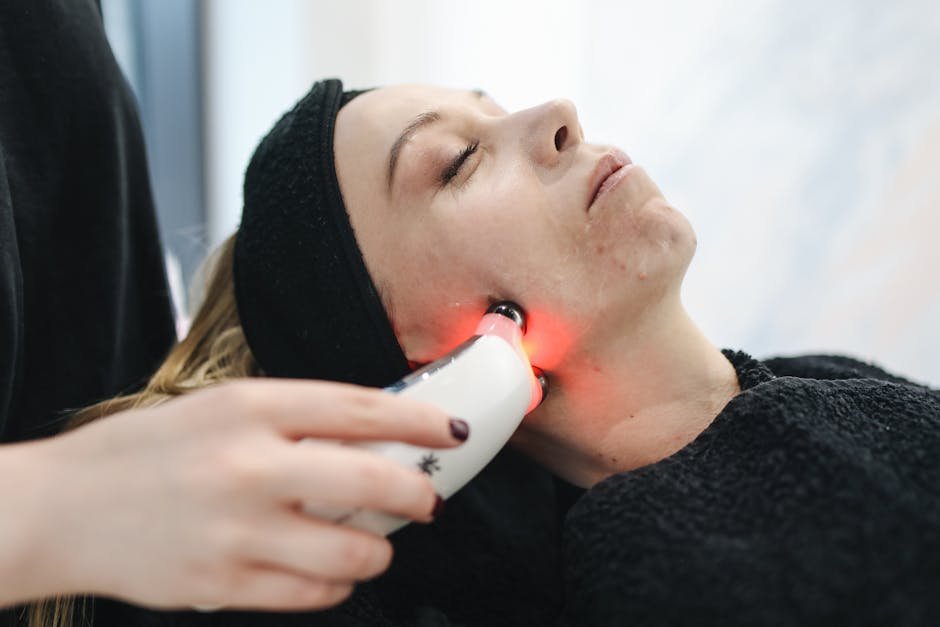
26 Nov The Latest Innovations in Dermatological Treatments and Procedures
Dermatology is the branch of medicine focused on the health of the skin, hair, and nails. This field addresses a range of conditions, from acne to complex skin diseases. Dermatologists diagnose and treat these issues to help patients maintain skin health, and scientific advancements have introduced new methods into dermatological practice. Here are some innovations in dermatological treatments and procedures:
Regenerative Medicine
Regenerative medicine emphasizes the body’s natural ability to restore and renew itself. Instead of only managing symptoms, regenerative approaches aim to repair damaged tissues or support the growth of healthy ones. One treatment is platelet-rich plasma (PRP) therapy; PRP involves drawing a small amount of a patient’s blood, processing it to concentrate platelets, and injecting the solution into targeted areas of the skin. Platelets are rich in growth factors, which support tissue repair. PRP can be used in dermatology for various purposes, including reducing the appearance of scars, supporting hair growth, and assisting wound healing.
Laser Therapy
Laser therapy offers dermatologists control and versatility in addressing skin concerns. Fractional lasers, which treat “fractions” of the skin at a time, are commonly used for resurfacing procedures. These treatments improve texture and tone by helping reduce the visibility of lines, wrinkles, and acne scars. Since only a portion of the skin’s surface is affected in each session, recovery time may be reduced, and the risk of complications decreases.
Ablative lasers remove the outer layers of the skin, and this makes them effective for more severe textural irregularities and deeper wrinkles. Non-ablative lasers heat the underlying skin without removing the top layers, supporting collagen production and improvement in skin elasticity. Pulsed dye lasers can help manage vascular skin conditions, such as rosacea-related redness, spider veins, and port-wine stain birthmarks.
Cosmetic Options
Cosmetic dermatology offers a range of treatments to address aesthetic concerns. Some common options include:
- Injectable Botox: Botox temporarily relaxes facial muscles, helping soften expression lines like crow’s feet and forehead creases.
- Dermal Fillers: These are composed of substances like hyaluronic acid and help restore volume to areas that have thinned with age. They can be used on the lips, cheeks, chin, and hands. Dermatologists typically customize treatments to achieve natural-looking results based on your features and goals.
- Microneedling: This minimally invasive procedure uses fine needles to create tiny channels in the skin, which stimulates your body’s natural healing process. It helps improve skin firmness and texture.
- Topical Products and Chemical Peels: Modern chemical peels come in various strengths to address concerns from refreshing the skin’s surface to treating advanced sun damage. Dermatologists can also recommend personalized skincare routines with prescription ingredients, such as retinoids, to target uneven skin tone or blemishes.
Visit a Dermatology Clinic
The growing range of medical and cosmetic procedures reflects the complexity of skin health. Experienced dermatologists use detailed assessments and their knowledge of established and emerging treatments to help guide your choices. A dermatology consultation allows you to ask questions, share your goals, and receive suggestions based on your skin’s characteristics. Schedule a visit with a dermatologist today to explore your treatment options.

No Comments